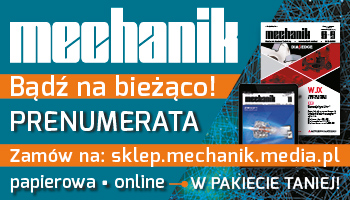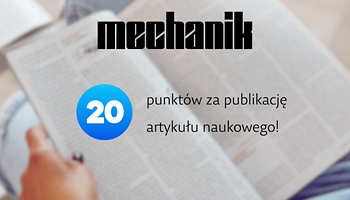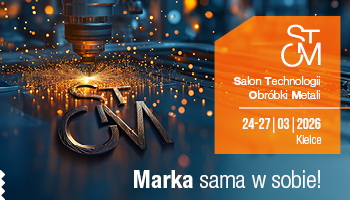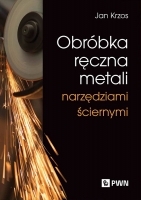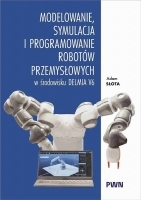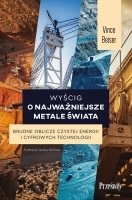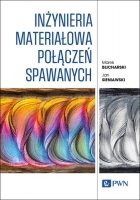Hybrid Manufacturing Processes. Physical Fundamentals, Modelling and Rational Applications
Autor: Wit Grzesik, Adam Ruszaj
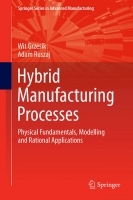
This book explores, in a systematic way, various modes of hybridization for both conventional and unconventional material shaping processes in relation to theory, modelling and industrial potential. The first part provides information on the physical fundamentals of the removal and non-removal processes in macro-, micro- and nano-scales, the second part overviews the possible ways of hybridization and the effects on the enhancement of process performance, and the third summarizes production outputs related to surface integrity, specifically with respect to difficult-to-machine materials. In particular, topics discussed consider the applications of different sources of hybridization including mechanical, thermal and chemical interactions or their combinations. The book consists of 14 chapters.
Chapter 1 – provides general characteristics of material shaping processes including traditional and non-traditional machining processes which belong to the group of removal (subtractive) processes.
Chapter 2 – outlines some classification systems of hybrid machining processes based on various criteria.
Chapter 3 – overviews possible applications of hybrid machining processes in various industrial sectors, i.e.: automotive, aerospace, precision, die and mould making etc.
Chapter 4 – provides physical fundamentals of conventional and unconventional machining processes which are crucial for understanding more complex mechanisms of hybrid processes and their synergy and interactions.
Chapter 5 – is devoted to modelling of machining processes which are used as basic components of hybrid machining processes.
Chapter 6 – is devoted to vibration-assisted machining processes in which mechanical energy of vibrations (typically at the ultrasonic frequency – US) assist the main machining process.
Chapter 7 – is devoted to media-assisted machining processes in which mechanical energy of different media such as fluids, gases and cryogenic gases is used to improve process performance and achieve higher productivity.
Chapter 8 – is devoted to applications of magnetic and electric fields which predominantly assist unconventional (EDM and ECM) and finish abrasive processes.
Chapter 9 – overviews the third basic method of hybridization which utilizes additional sources of thermal energy, i.e. laser beam, plasma beam or torch, electric torch and induction.
Chapter 11 – considers special group of hybrid processes in which controlled mechanism of a basic process, e.g. grinding, leads to improvement of mechanical properties of the subsurface layer.
Chapter 12 – is devoted to a relatively new group of hybrid processes which used a sequence of additive and subtractive processes.
Chapter 13 – considers economics and optimization strategies of hybrid processes although these problems are not solved satisfactorily.
Chapter 14 – concerns the influence of process hybridization on surface integrity including alterations of machined surface and subsurface layer.
Hybrid Manufacturing Processes can inspire current and future research activities in academic labs and R&D centres. This book is a comprehensive source of engineering-oriented information on hybrid manufacturing processes which are applied in various fabrication scales and different manufacturing sectors.
Source: Springer
Wit Grzesik, Adam Ruszaj: Hybrid Manufacturing Processes. Physical Fundamentals, Modelling and Rational Applications. Springer Series in Advanced Manufacturing. Springer, 2021






